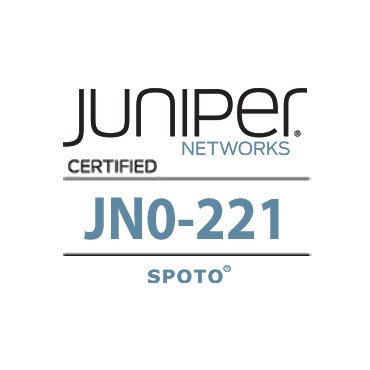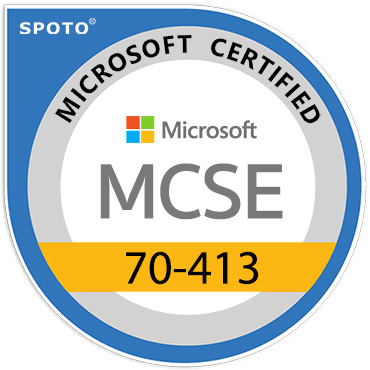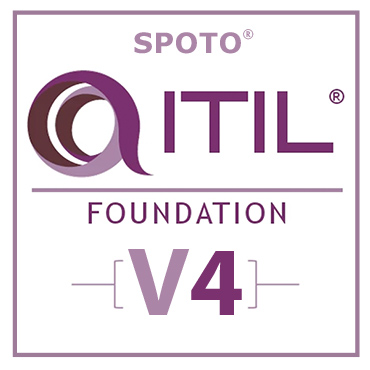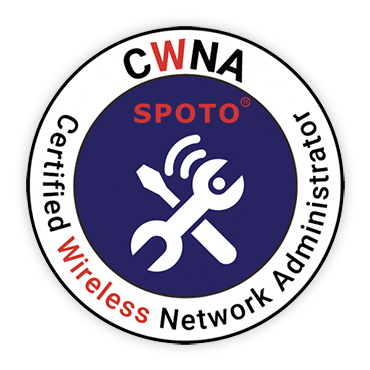Table of Contents
1. Disabling FortiCloud Login on a FortiGate Appliance
Use Case: Prevent administrators or the device itself from using FortiCloud single-sign-on, or to fully disable cloud-based control/update daemons.
A. CLI Method
The FortiGate CLI provides a single command to shut down all FortiCloud-related communication daemons:
config system global
set cloud-communication disable
end
This command halts the forticldd and updated daemons, effectively stopping all FortiCloud and FortiGuard communications.
Steps:
- SSH or console into your FortiGate.
- Enter configuration mode:
config system global. - Disable cloud communication:
set cloud-communication disable. - Exit and save:
end.
Implication: IPS, antivirus, and web-filter signature updates will no longer be downloaded automatically. If you require these, plan for manual updates or use a FortiManager as an internal update source.
B. GUI Method (FortiOS 7.x and later)
- Log in locally to FortiGate’s web interface.
- Navigate to System → FortiCloud.
- Uncheck Enable FortiCloud Portal Login (or similar option).
- Click Apply.
Note: GUI labels may vary by firmware version. Always consult your version’s Administration Guide for the exact menu path.
2. Disabling or Uninstalling FortiClient on Windows
Use Case: Remove endpoint protection or VPN client functionality from a Windows workstation.
A. Using Windows “Apps & Features” (Windows 10/11)
- Open Settings → Apps → Apps & features.
- Scroll to Fortinet Antivirus (or FortiClient).
- Click it and select Uninstall, then follow the on-screen wizard.
B. “Force Uninstall” via the Fortinet Removal Utility
Some installations lock the uninstall option; in these cases:
- Download the latest FortiClient Removal Utility from Fortinet support.
- Run the utility as Administrator.
- When prompted, choose Force Uninstall under Fortinet Antivirus.
- Reboot the machine when complete.
Tip: Always confirm that no FortiClient processes are running in Task Manager before starting—otherwise the uninstall may silently fail.
3. Uninstalling or Disabling FortiGate Software Components on Windows
Use Case: In lab or testing environments, you may install FortiGate-related utilities that later need removal.
Typical Steps via Control Panel
- Open Control Panel → Programs and Features.
- Locate Fortinet FortiGate (or related utilities).
- Right-click and select Uninstall/Change.
- Follow the guided prompts, providing administrative credentials as needed.
Caution: Some older FortiGate utilities leave behind services. After uninstalling, open Services.msc and look for any
forticldd,fctupd, orForti...services—disable or delete them manually.
4. Advanced: Disabling FortiCloud Logging via Automation
For environments managed via automation (e.g., Ansible), you can disable FortiCloud logging with the fortios_log_fortiguard_setting module:
- name: Disable FortiCloud access to configuration & data
fortinet.fortios.fortios_log_fortiguard_setting:
vdom: "root"
log_fortiguard_setting:
status: "disable"
access_config: "disable"
conn_timeout: 5
This ensures that log transmission and cloud-based analytics are both turned off.
5. Best Practices & Considerations
- Backup Configuration
Always back up your FortiGate config before disabling core services. - Understand Security Trade-offs
Disabling cloud updates means losing automatic threat intelligence feeds. If you still need updates but want to block internet access, consider using an internal FortiManager or proxy. - Test in a Lab First
Before rolling changes into production, replicate the disablement in a non-production environment to catch unexpected issues (e.g., broken policies, logging gaps). - Document Changes
Record CLI commands used, GUI paths, and dates of changes in your change-management system. This aids in troubleshooting and future audits.

















Comments